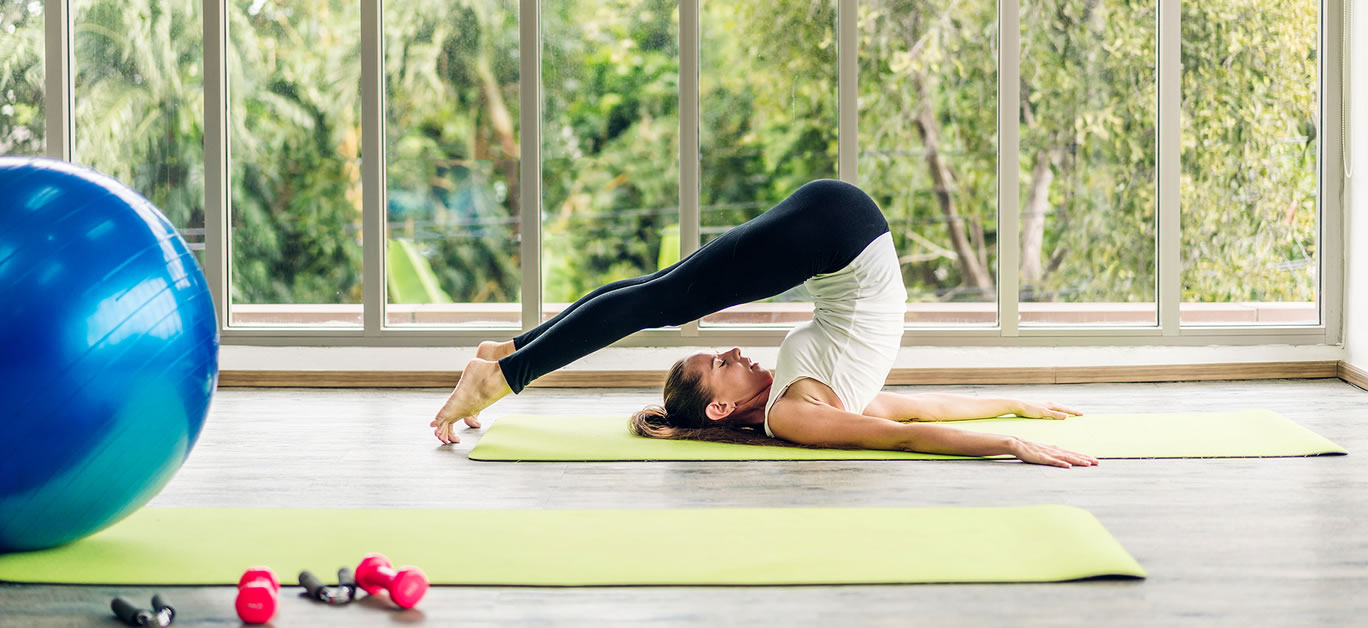January is a month of making ambitious new year’s resolutions which, for many, include some big health and fitness goals – but by the end of February, more than a third of us have already given them up. If you’re one of these people and are in need of a reset to get you back on track then, with spring just around the corner and the evenings getting longer, now is the perfect time to take stock and reassess where you want to be by the end of the year.
With more daylight hours and better weather to take advantage of, it’s about to become a lot harder to make excuses to yourself for not going out for that post-work run or getting yourself to those early morning gym classes. But if you fell at the first hurdle with the goals you originally set, then it’s wise to look at whether any other factors are at play so that you can avoid the same thing happening again.
As a general rule, goals should be SMART – specific, measurable, achievable, relevant and time-bound – and the reason many people fall off track relatively quickly is because the goals they set are too vague. It’s important to have an end-result in mind, whether that’s losing a certain amount of body fat, running a marathon or simply feeling able to walk up steep hills with ease.
Goals are very personal and should be tailored to your current situation and where you want to be. So, if you currently spend all your free time sitting on the sofa watching TV and haven’t visited a gym or lifted a weight in years, then it’s fine to set yourself a big goal like climbing Mount Everest – you’ll just need to be realistic about the time it might take to get there. In the meantime, it’s about breaking that big goal down into smaller ones, which will feel more attainable and keep you feeling motivated.
If you’re unsure where to start then here are some simple ways to improve your health and fitness this year. Once you’ve got the ball rolling, you may quickly find yourself feeling inspired to set yourself some bigger challenges.
Find an exercise you enjoy

If regular exercise isn’t currently a part of your schedule or you find yourself stopping and starting sporadically, it might be because the types of exercise you’ve been doing aren’t enjoyable enough to keep you going. If you hate running, then try weights or a gym class instead – and give a few things a go until you find something that makes you feel good.
Not everyone finds enjoyment in exercise of any kind, and that’s OK – but if this applies to you, then focus instead on the way you feel after a session. You might hate every second of your workout while you’re doing it, but if it gets those endorphins flowing and leaves you on a high – which most types of physical activity will – then hold onto this and remind yourself of it whenever you feel like giving up.
Focus on building strength

Building strength is important not just for sculpting your body in the short term but for optimal health in the long term too, as healthy muscles are needed to support bones and joints and protect them from injury and degeneration over time.
Lots of people feel intimidated by the weights section at the gym, but lifting three times a week and challenging yourself to go heavier at regular intervals is important to remain physically able later in life. Another important point is that our metabolism declines with age as we gradually lose muscle mass, but strength training will help ensure you retain as much of it as possible, if not, make further gains. This, in turn, will keep your metabolism high and allow you to continue enjoying your food as you do now without gaining excess fat or having to turn to anti-obesity medications to avoid it.
Incorporate more walking into your day

As well as upping the amount of workouts you do each week, simply moving more throughout the day is a really good way to stay fit and healthy and will also boost your non-exercise activity thermogenesis – in other words, the amount of calories you burn each day outside of scheduled exercise sessions.
If you work in an office-based role and spend much of the day sitting down then it’s particularly important to increase your steps, as many scientific studies have shown that those living a sedentary lifestyle are more prone to a raft of different health issues long-term, and even those who work out at the gym three times a week aren’t immune.
10,000 steps a day is a good goal to go for; if it feels unmanageable then try to break it up into morning, lunchtime and evening walks, taking longer walks at the weekend when you have more time. Even doing housework and running errands will contribute to your daily step goal and the numbers can add up surprisingly quickly.






















